Square Enix’s presentation for Marvel’s Avengers title at E3 2019 felt both overdue and half-baked. Almost two years had passed since the release of the much-discussed cinematic teaser announcing the game, so fans were anxious to learn more but left Square Enix’s presentation with more questions than answers.
E3 2019 marked the publisher’s last opportunity to publicize Marvel’s Avengers at the industry event before its scheduled release on May 15, 2020. Square Enix decided to show what it had, and it wasn’t much.
Sadly, everything we learned during the event and following it suggests the Avengers game is in turmoil. Even if it eventually finds its footing, its initial debut was very disappointing. Read on for what’s wrong the the Avengers game and how things went so wrong despite such accomplished developers at the helm.
No Public Gameplay
The World Premiere of Marvel’s Avengers only featured cinematics, moments in a video game during which the player doesn’t control the characters. Gameplay footage was notoriously absent, uncommon only a year out from the title’s release Cinematics are a major element of many AAA titles, but, at their core, all video games are interactive experiences. A lack of playable content during the presentation indicates that the developers felt uncomfortable sharing what they have now.
Square Enix Only Presented Gameplay Behind Closed Doors
Members of the press who attended E3 were invited to watch gameplay behind closed doors. Yes, watch, not play. Even behind the scenes, no one had the opportunity to experience Marvel’s Avengers for themselves. Kotaku described viewing the private demo of the game, played by a Crystal Dynamics representatives rather than the journalists gathered there.
The Gameplay Looks Off
Some good news came from the demo, though. Kotaku and most other media outlets complemented the heroes’ varied movesets and fighting styles. They reported that the game is clearly designed to make the characters feel distinct from each other, as the Avenger shoulds. In an interview, Crystal Dynamics shared that unlocking abilities is a core part of the game, so it’s good that the different heroes unlock different abilities. Hopefully, that keeps the gameplay fresh.
However, even without hands-on experience, reporters wrote that the gameplay didn’t always gel, especially with certain characters. Playing as Captain America and Hulk looked the most satisfying to viewers of the demo. But the gameplay from Black Widow, Iron Man, and Thor looked less enticing. Thor’s combat, in particular, was a letdown, especially in comparison to Krato’s similar moveset in 2018’s God of War.
Worse, the action on the screen frequently devolved into quick-time events. In the middle of combat, stock animations would play to show the hero perform an attack instead of letting the player perform the move themselves. Quick-time events are widely disliked by the gaming community because they (often unnecessarily) detach the player from the action.
Most troublingly, the Avengers rarely seemed to interact. Each of their fights appeared very individual instead of like the teamwork you’d expect from Earth’s Mightiest Heroes. Admittedly, few games successfully pull off team-oriented combat. But players have a right to expect it when you play as part of a team.
An Instantly Unappealing Story
The story described for the Avengers game looks like a mess, for some very bizarre and unnecessary reasons.
When asked, Crystal Dynamics claimed the characters weren’t chosen because of their significant roles in the movies. A weird claim given the lineup is composed of the most famous characters from the films. Not to mention how close the appearances of the characters line up with their looks in the movies:
The plot itself is similarly questionable from a game Crystal Dynamic insists is its own take on the characters. The campaign features the Avengers reuniting five years after a cataclysmic event. That description completely matches the plot of Avengers: Endgame.
Crystal Dynamics is first and foremost renowned for its storytelling chops. The developers must know better than to retread the plot of a film released only a month before the E3 presentation.
More likely, Marvel Studios failed to inform Crystal Dynamics of Endgame‘s similar plot before the game entered production. If that’s the explanation, a lack of communication bears responsibility for a storyline that’s already being mocked.
Marvel’s Avengers Chases Recent Gaming Trends
Square Enix and Crystal Dynamics were careful not to mention Destiny during the Avengers debut, but nothing dissuaded from the rumors about the title’s similarities to Bungie’s live-service game.
Destiny popularized the looter-shooter genre, creating the hottest trend in gaming. The Activision title and its sequel merged the loot system of Diablo with the first-person shooter gameplay of Halo, Bungie’s previous franchise. That alchemy created an immensely popular online game that feels endless because it’s constantly updated with new missions and challenges. Its success drove all big publishers to create their own “live-service” games.
Live-service games aren’t bad, they’re a lot of fun. But the last several years have proved that games designed to be played for years aren’t compatible with cinematic storytelling. The story in Destiny disappointed a lot of Halo fans, who expected a campaign on the level of Bungie’s previous work.
The most notorious example of story conflicting with multiplayer arrived earlier this year. EA published Anthem developed by Bioware, a studio beloved for its complex narratives. But the heavy amount of dialogue beloved in titles like Dragon Age and Mass Effect is incompatible with a game designed to be played with others. Some players prefer to skip past the story elements and get straight to the action, but they’ll have to wait through it unless everyone in their party is on the same page. Because of this, players are sometimes forced to listen to the same dialogue over and over again.
Even as games like Ubisoft The Division 2 finetunes the formula of the looter-shooter, Anthem cratered and showed the dangers of it, especially for a game that has conflicting priorities.
The live-service craze was at its peak around the time Marvel’s Avengers went into development. Reading between the lines, what Square Enix has said suggests that its intent is to create something that feels similarly endless. It may feature a campaign, but the publisher expects consumers to spend the bulk of their time playing missions the developers can continually add to the game.
Marvel’s Avengers is a Multiplayer Game for Commercial Reasons, Not Creative Ones
AAA video games have held at $59.99 for over a decade, even as the cost of development continues to rise. Publishers are afraid to price their games higher, fearing anything over $60 will turn off potential buyers. The most common solution has been to explore monetization methods beyond the base price of the games. That brings us to Marvel’s Avengers.
An endless game can be endlessly monetized. Many fans wanted a game that feels complete and satisfying on its own. But Square Enix wants something that keeps players invested. A live-service game allows publishers to continue to charge players past the initial purchase for new missions in the form of expansions or microtransactions.
However, the success of live-service games has dwindled in the past several years. Destiny maintained a level of success but hasn’t sustained its momentum as much as the industry expected it to. It speaks volumes that Activision willingly let go of the franchise.
In all likelihood, Marvel’s Avengers will be commercially successful thanks to the Marvel brand alone. But it may not reach the sales heights Square Enix hopes. Given what we’ve seen, it’s even less likely to receive the critical reception Marvel Games expects from its collaborations with developers.
The Game Inhibits the Creative Team
Crystal Dynamics most famously created the Tomb Raider reboot and its sequel, Rise of the Tomb Raider. Like Naughty Dog titles, they’re centered around narrative, even at the expense of gameplay.
Like Marvel’s Avengers, Tomb Raider contains quick-time events, but those served the cinematic storytelling. Quick-time events may prove valuable for the campaign portion of Marvel’s Avengers may be cinematic, but not the multiplayer. Seconds viewing the repetitive combat animation play out in the middle of an online mission aren’t dramatic, they’re tedious.
Crystal Dynamics likely knows quick-time events aren’t ideal, but the studio isn’t built to excel at multiplayer. It needs to make do with the developers it has, even if they have different skillsets. Quick-time events may be the only realistic option, even if the studio knows it’s to the game’s detriment.
Building online multiplayer into a narrative game, Marvel’s Avengers faces an identity crisis. It wants to merge two genres, even though one contradicts the other. The strengths of a story-driven game place a burden on the multiplayer and vice versa. Its issues are reminiscent of Bioware’s Anthem, and it might be on course to meet the same disastrous fate.
A bad video game featuring the Avengers is disappointing, but the tragedy here is how financially driven decision-making might be pushing a great studio to create a poor game. Maybe it will find its way by the time it releases. But we already know that making Marvel’s Avengers multiplayer-focused prevents Crystal Dynamics from doing what it does best: crafting narrative. We’ll have to wait to see how it developers. Unlike most forms of entertainment, a video game’s fortunes can change at the end of production. Sometimes it takes that long for developers to get everything working in sync so it plays like they always hoped it would. What’s wrong with the Avengers game now might not be an issue by the time it releases in May 2020. I wouldn’t jump to pre-order a copy, but it’s entirely possible that can happen and things grow brighter going forward.


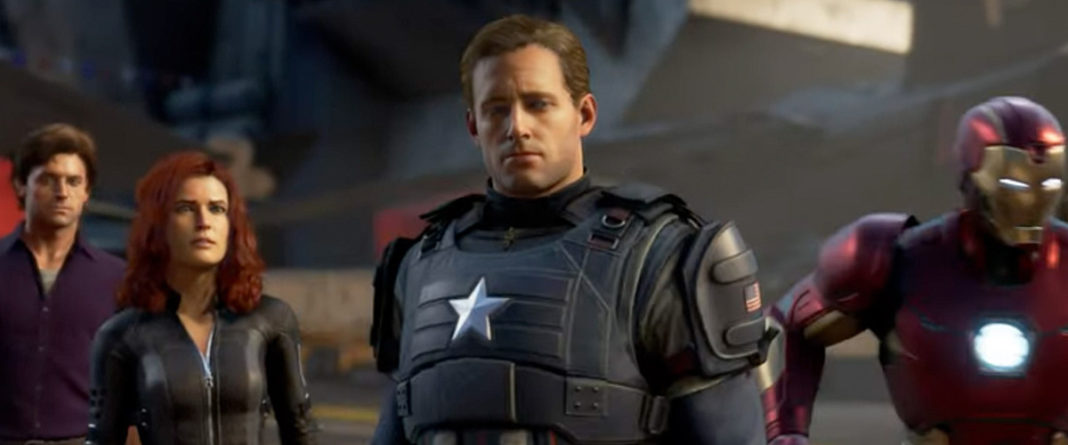
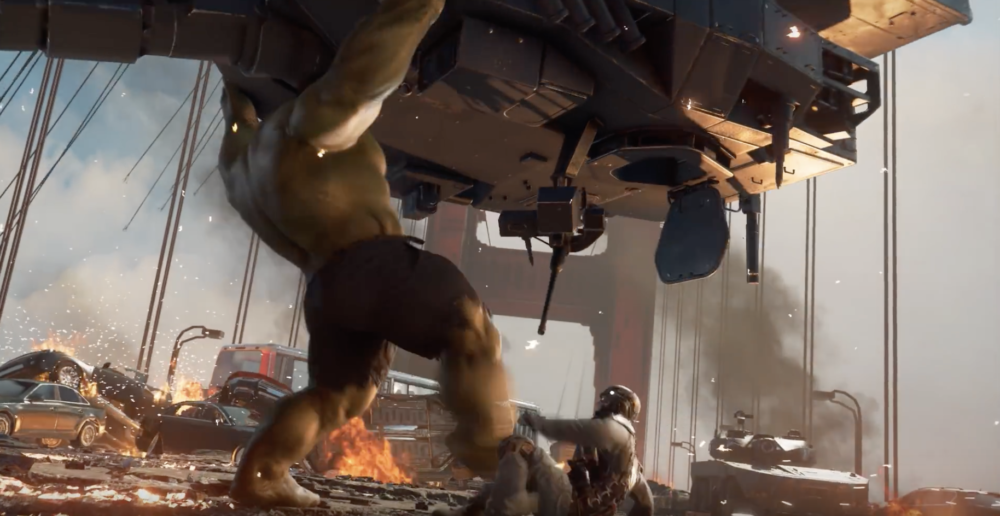
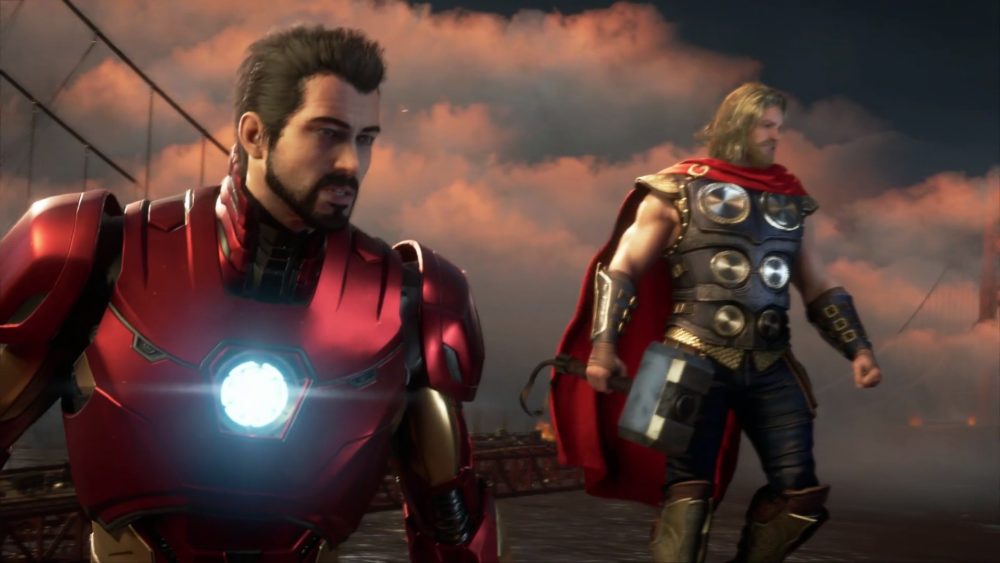
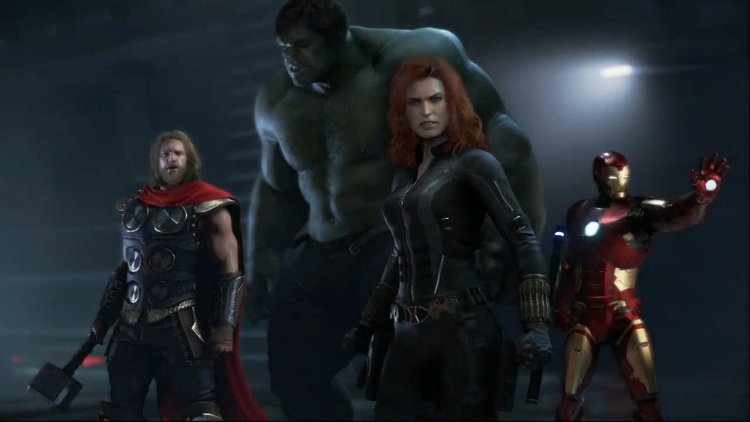
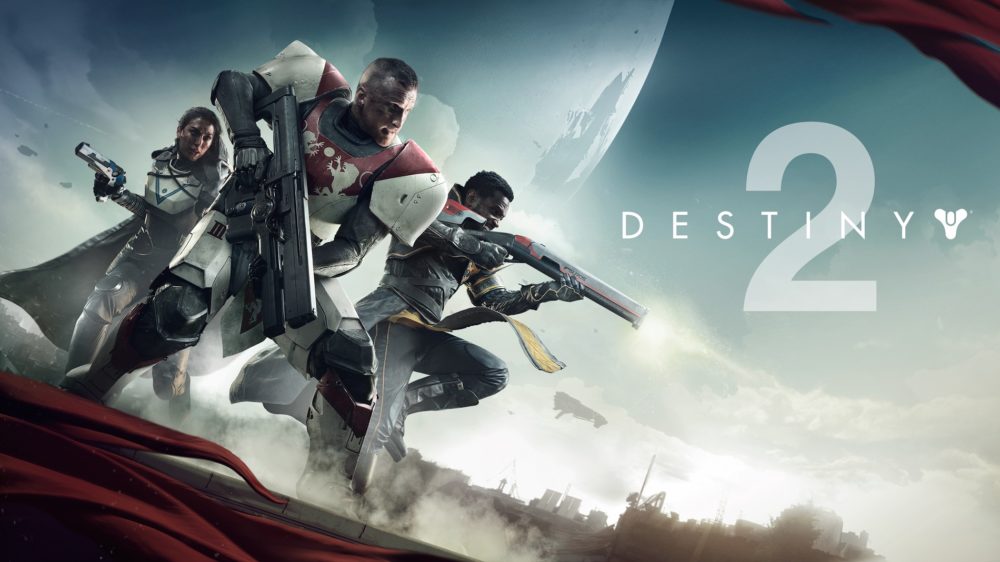
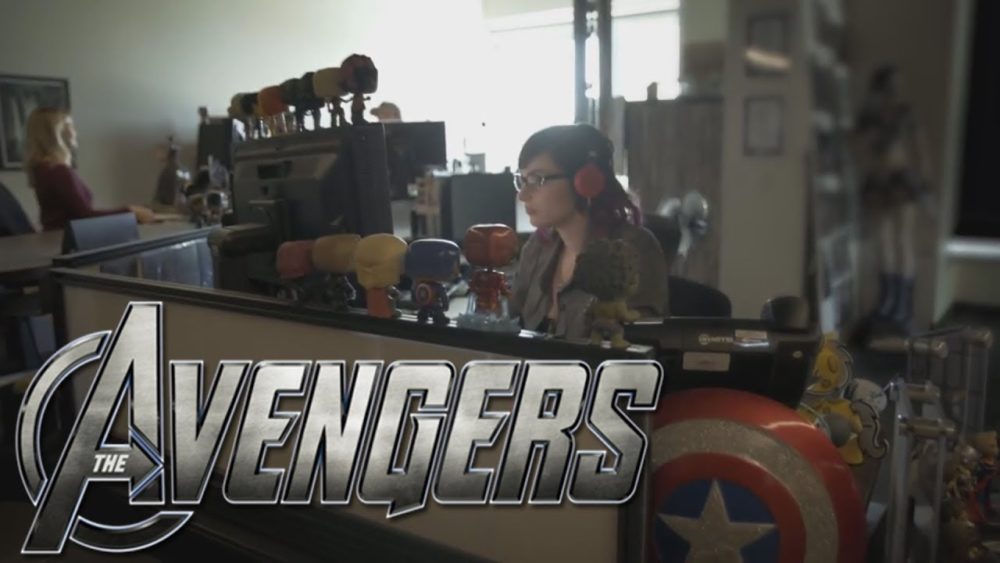
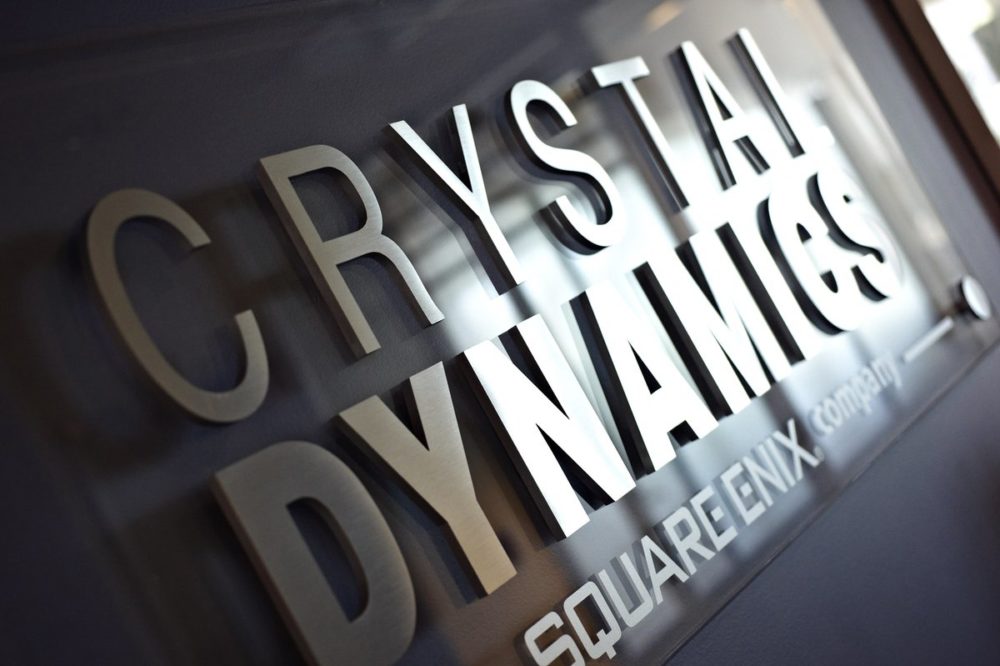
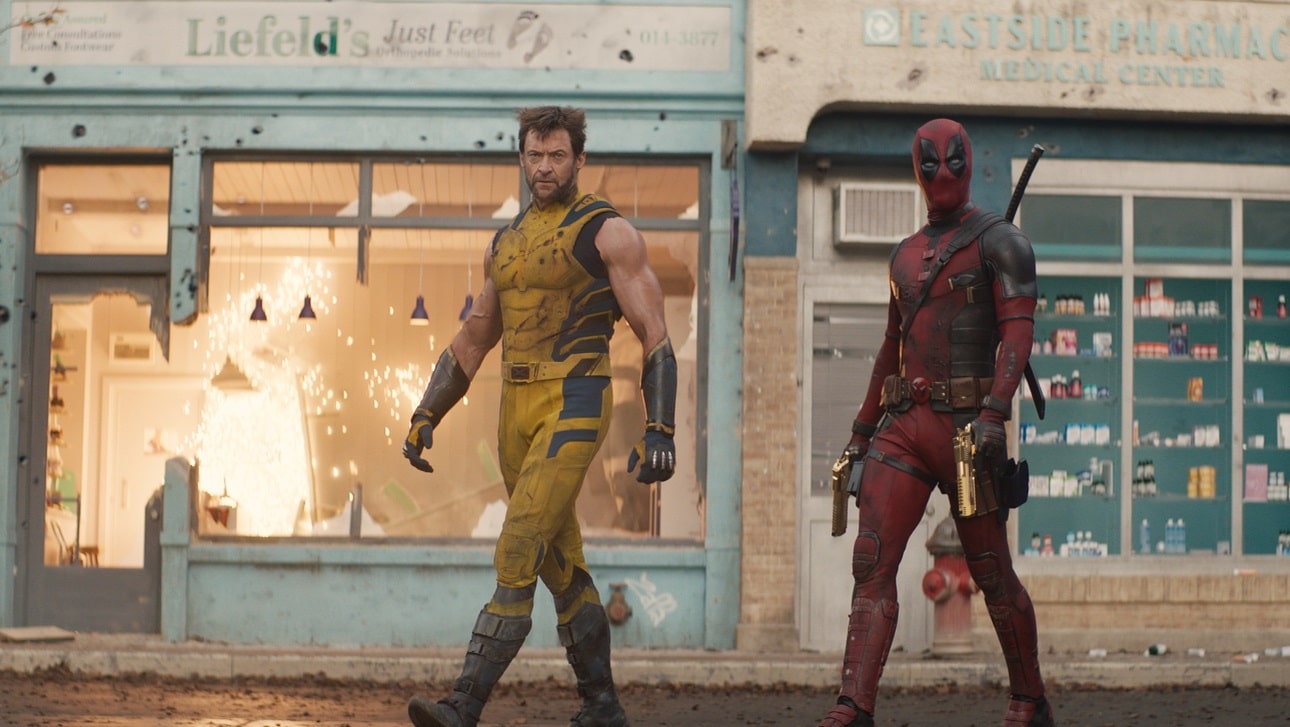





Comments are closed.